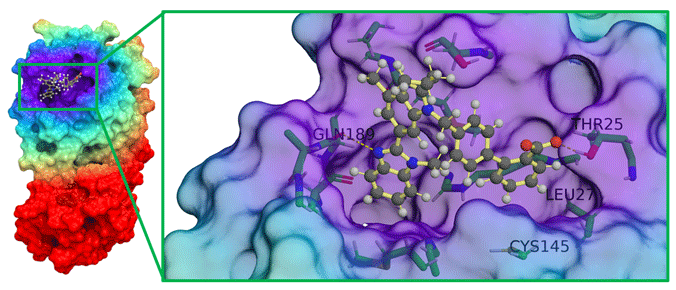
Upgrades representing a 40% increase in computing power have been made to the University of Hawaiʻi’s high performance computing (HPC) cluster, called Mana. It is a free computing resource that has been available to faculty, staff and students across all 10 UH campuses since 2014.
Three of Mana’s top users, UH Mānoa Assistant Professor Rui Sun, Associate Professor Philip von Doethinchem and Professor Garrett Apuzen-Ito, tested the new equipment on their current research applications in molecular dynamic simulations, cosmic rays and 3D simulations of Earth’s plate movements, respectively. In all three cases, the researchers reported improvements in computing performance with some applications running twice as fast compared to previous results.
“Unheard of” computational power
Doetinchem and his graduate student, Anrivan Shukla, are gaining new scientific insights into the rare production of antinuclei (the anti-equivalent of regular nuclei of atoms) in cosmic rays using simulated atomic collisions.
The antinuclei are so rare that to create one takes anywhere from 1 trillion to 10 trillion simulated collisions, Shukla explained.
It’s unheard of to have this much computational power and to do this kind of research
—Anrivan Shukla
Using around 5,000 CPU years of computational time, the team showed in their recently published Physical Review D article that if the existence of cosmic antihelium (the antimatter counterpart of helium) would be confirmed, it cannot be explained by conventional processes and would be a fundamentally new discovery with potentially profound impact for the understanding of dark matter or Big Bang Nucleosynthesis. According to NASA, “nucleosynthesis” refers to the formation of heavier elements, atomic nuclei with many protons and neutrons, from the fusion of lighter elements.
“It’s amazing…it’s unheard of to have this much computational power and to do this kind of research,” said Shukla. “It’s amazing that as a member of UH you have this facility that any member of UH can use to do their research.”
Cracking COVID-19
Graduate student Christopher Kang, who works in Sun’s lab, collaborates with a clinical research team led by Cecilia Shikuma at the John A. Burns School of Medicine. He studied the interaction between telmisartan, an antihypertensive drug, and 3CLpro with molecular dynamics simulations. The viral main proteinase (group of enzymes capable of splitting proteins) 3CLpro, which controls the activities of the coronavirus replication complex, has been called an attractive target for therapy.
“The results suggest that telmisartan associates to 3CLpro tightly through interactions with [amino acids] Thr25, Leu27, Cys145 and Gln189. His research is one of the supporting evidences of the proposal of the clinical trial that telmisartan might have antiviral potential and against the infection of the lung. The clinical trial of COVID-19 is currently on-going and is the first one in the State of Hawaiʻi,” said Sun.
Mana for all
A 2019 award from the National Science Foundation (NSF) made it possible to add the new computing power and capacity to Mana to support data intensive research across disciplines and boost research in data science, machine learning and artificial intelligence.
The $1-million NSF Major Research Instrumentation award (#1920304) was made to Gwen Jacobs and Jason Leigh, co-directors of the UH Hawaiʻi Data Science Institute.
Learn more about Mana and how to sign up for a free account.

